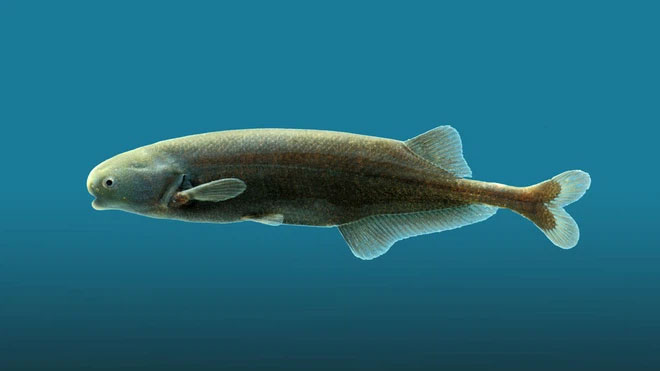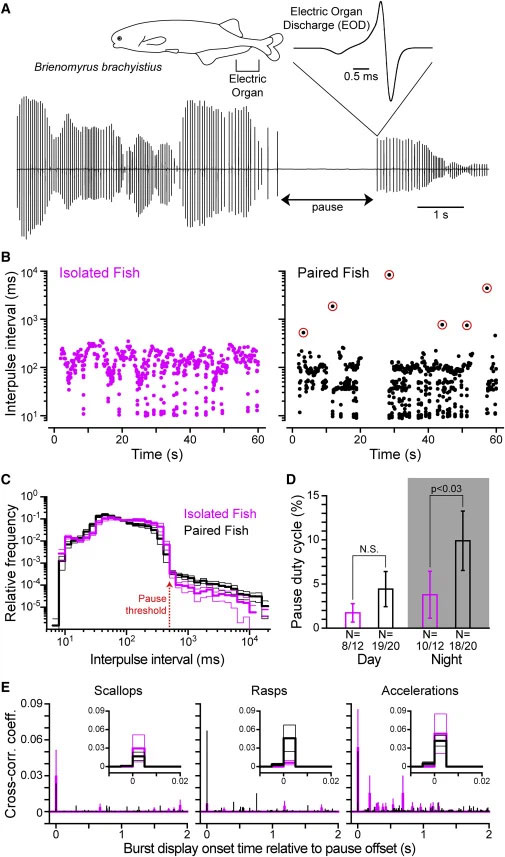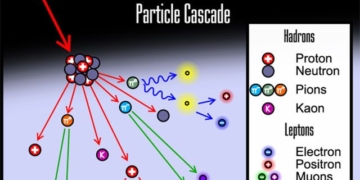If you hold a mouthful of water, you cannot speak. The same goes for fish. But not being able to speak does not mean they cannot communicate. Underwater, some species of fish often communicate with each other using electrical signals. This does not limit their language skills.
In fact, scientists say that some fish species possess masterful speaking skills. For example, these African electric fish have learned a speaking style remarkably similar to that of former U.S. President Barack Obama.
They have even effectively applied the “Obama technique“.

Underwater, some species of fish often communicate with each other using electrical signals.
Obama’s Pause: The Pinnacle of Presentation Technique
If you have ever listened to any of former U.S. President Barack Obama’s speeches, you will undoubtedly notice a characteristic that highlights his speaking style. It is not his gestures, his adept use of adjectives, or his technique of repeating phrases that anyone can do.
Obama is famous… for his speeches… filled with pauses… known as “Obama’s pause”:
Typically, he will speak a fairly long segment and then pause for a few seconds. During that silence, Obama often blinks as if he is contemplating, or scans the audience as though he wants to connect with them (though he may simply be reading notes on the teleprompter).
Regardless of the purpose of this silence, the audience always feels a sense of poise from Obama. It indicates that he is in control of his presentation. And each time he pauses, the former president possesses a strange charm and authority.
Moreover, this silence also affects the listeners. It allows them to absorb the messages Obama has just conveyed while providing a break to prepare for the next message. The longer the pause, the greater the importance of the subsequent messages.
Therefore, in Obama’s speeches, what he says after a pause is always eagerly anticipated by the audience. Listeners are not only not bored by them, but they also feel more focused.
Obama’s pause seems to have the effect of bringing back those who have lost focus to the auditorium. When surrounded by silence, they will inevitably put down their phones and wonder “Why isn’t he speaking anymore?“
The Natural Essence of Obama’s Pause
If you are wondering why pauses in presentations are effective, it may be due to our natural communication instincts – not just for humans, but for all animal species.
When listening to the communications of frogs and birds, scientists have also discovered their purposeful pauses. And this is true not just for creatures that can “talk” to each other through “speech”.
A new study published in Current Biology now shows that even fish know about this pause technique. These are the African electric fish (Brienomyrus brachyistius) that use a special language of communication through electrical impulses.
By observing this fish species, scientists found that when alone, African electric fish will “monologue” with weak, almost continuous electrical pulses. They do this to sense their surrounding water environment and to ward off predators when necessary.
However, when an African electric fish encounters another, their conversation begins to resemble Obama’s style. They continuously insert pauses between their electrical signal bursts. Notably, after each pause, the electrical signals become stronger.
Neuroscientist Tsunehiko Kohashi from the University of Washington stated: “These strong electrical signals carry a ‘high information content,’ such as a flirtation or a territorial claim. And the Obama pause helps the fish prepare for that emphasized information.”

Some fish also know about this pause technique.
What Happens in the Brains of Fish… and Us?
To prove that Obama’s pause is not just a psychological effect but has biological mechanisms behind it, scientists conducted a small experiment with African electric fish.
First, they stimulated them with some consistent electrical signals akin to a presentation without pauses. The observations showed that the brain activity of these fish gradually weakened, much like a person falling asleep in the auditorium.
But with the same consistent signals, when scientists inserted artificial pauses, they immediately observed increases in brain activity in the African electric fish that were “listening” to the new dialogue.
“Interestingly, the pause durations in fish are quite similar to the pause durations in humans. They range from a few hundred milliseconds to several seconds,” the researchers wrote.
This indicates that a similar cellular process occurs in both fish and human brains, and the authors believe they know what it is.
Suppose you are listening to a monotonous presentation without pauses; the receptors in your brain must continuously receive repetitive stimuli. This process has been shown to weaken synapses over time, diminishing the activity of sensory circuits in the brain.
Scientists call this phenomenon “synaptic fatigue”. And it will make you find the presentation boring and devoid of any important information.

The scientist’s experiment with African electric fish.
In contrast, when a presentation includes pauses like those of former President Obama, it brings a different flow of stimulating signals. With each pause, the receptors in the brain get a rest, allowing them to recover to receive new information.
A brain that is “recharged” will enable you to recognize which signals are the most important and thus need the most attention.
“Pauses inserted into a speech will reset the sensitivity of the listener’s brain, which has been diminished during the continuous parts of the speech,” Kohashi concluded. “Pausing seems to make the message that follows as clear as possible.”
So next time you want to convey important information to someone and ensure they pay attention, you might try applying the Obama’s pause technique used by these African electric fish. Take a deep breath, pause for a few seconds, and then deliver that important message.
The effectiveness of this method has now been validated by science.




















































